Coccidiosis Treatment In Cattle
Coccidiosis treatment in cattle. To achieve effective control of coccidia good management and hygiene is vital. Overcrowding should be reduced and feed and water troughs should be raised high enough off the ground to prevent contamination with faeces. Treatment is better given to in-contact animals that have not yet started showing signs or to combat secondary infection.
Electrolytes can be added to the water. Severely affected animals may need oral fluids if severely dehydrated although such cases are rare. Young susceptible animals should be kept as clean and dry as possible.
Soluble sulfonamides are commonly administered orally to calves with clinical coccidiosis and are perceived to be more effective than intestinal sulfonamide formulations boluses. Laboratory examinations of the dung samples revealed the presence of coccidian oocysts. Prevention of the disease and clinical signs can be achieved by treatment with Baycox toltrazuril about 1 week before outbreaks are historically expected on a particular farm.
Sulfa drugs and a therapeutic dose of amprolium are available to treat coccidiosis. Most coccidiostats have a depressant effect on the early first-stage schizonts and are therefore more appropriately used for control instead of treatment. Anti coccidial treatment was given to 1351 of animals with toltrazuril most commonly used.
TREATMENT If an outbreak occurs affected animals should be separated from the others. Animals were treated with 3333 wv sulphadimidine along with supportive and fluid therapy. Corid is best used for the other cattle before they get sick on the assumption they were exposed in the same way.
Often coccidiosis occurs soon after changes to diet or housing or mixing of calves from different sources. Once diarrhea develops late stage of coccidia life cycle Corid doesnt do much for treatment cattle usually get better on their own and are immune. Treatment In most cases calves will recover without treatment.
Medicated feed should be provided. After completion of 1week of therapy all the affected cattle were recovered from the diarrhoea.
Electrolytes can be added to the water.
Most coccidiostats have a depressant effect on the early first-stage schizonts and are therefore more appropriately used for control instead of treatment. Soluble sulfonamides are commonly administered orally to calves with clinical coccidiosis and are perceived to be more effective than intestinal sulfonamide formulations boluses. Treating Coccidiosis Severely affected calves require individual treatment with an anticoccidial on the advice of a veterinarian and if deemed advisable fluid therapy with electrolytes and injections of antibiotics to control secondary bacterial infections. Overcrowding should be reduced and feed and water troughs should be raised high enough off the ground to prevent contamination with faeces. Products also are available for treating the entire group of calves but medicating all calves in beef herds is difficult Stokka says. Coccidiosis Adult cattle Treatment. Often coccidiosis occurs soon after changes to diet or housing or mixing of calves from different sources. Prevention of the disease and clinical signs can be achieved by treatment with Baycox toltrazuril about 1 week before outbreaks are historically expected on a particular farm. Young susceptible animals should be kept as clean and dry as possible.
To achieve effective control of coccidia good management and hygiene is vital. Young susceptible animals should be kept as clean and dry as possible. Soluble sulfonamides are commonly administered orally to calves with clinical coccidiosis and are perceived to be more effective than intestinal sulfonamide formulations boluses. TREATMENT If an outbreak occurs affected animals should be separated from the others. Antibiotics may be necessary if secondary bacterial infections are suspected. To achieve effective control of coccidia good management and hygiene is vital. Often coccidiosis occurs soon after changes to diet or housing or mixing of calves from different sources.








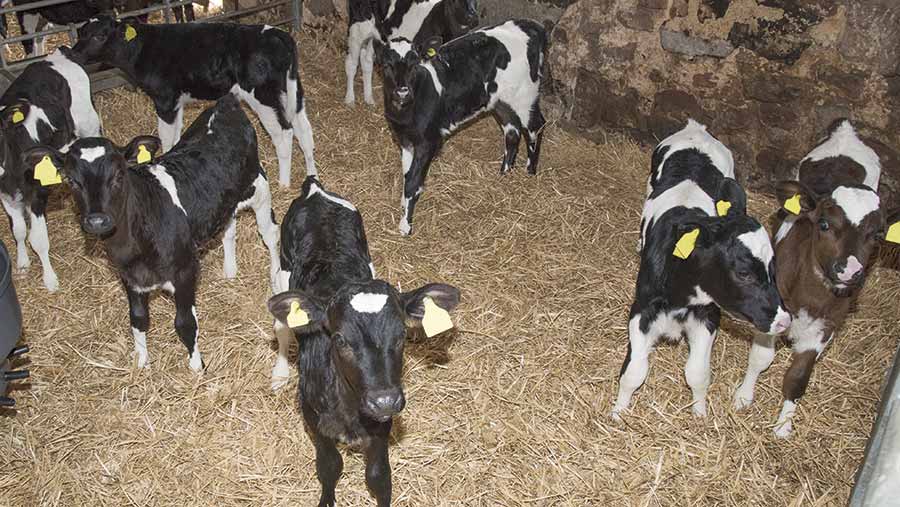
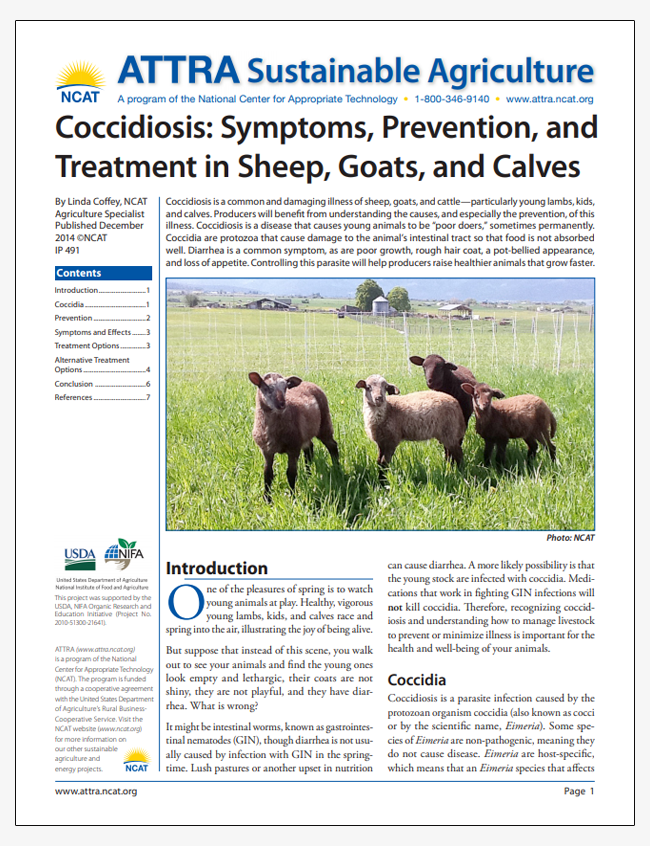
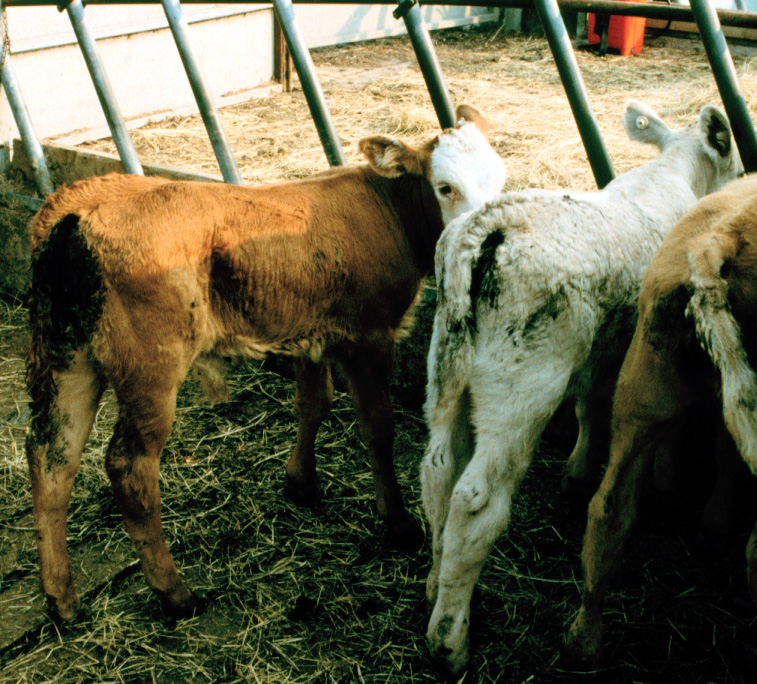



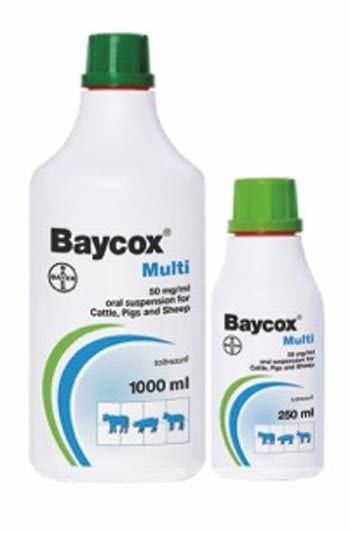

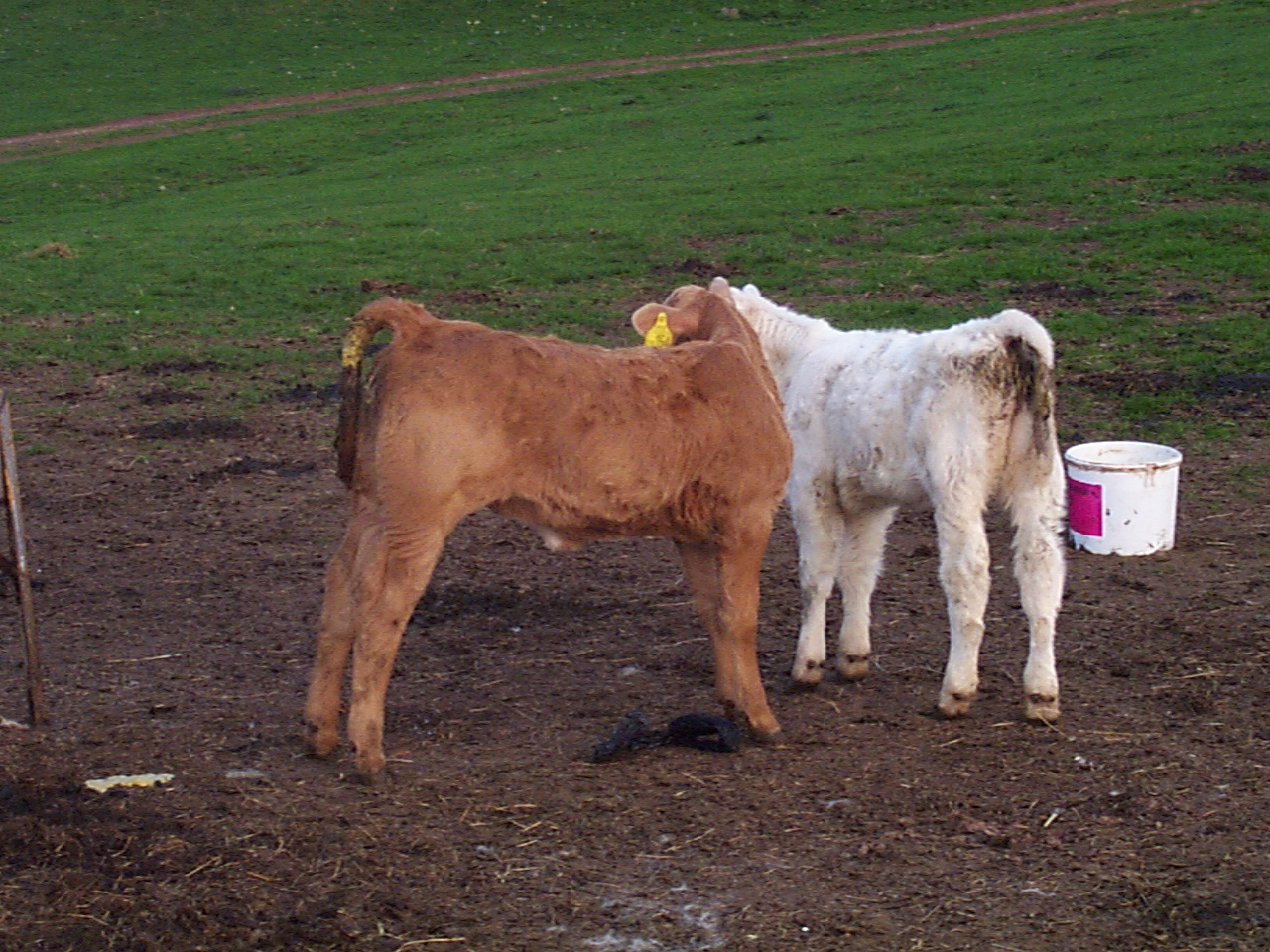
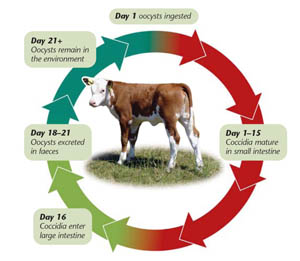
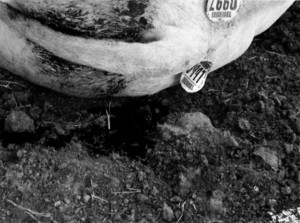

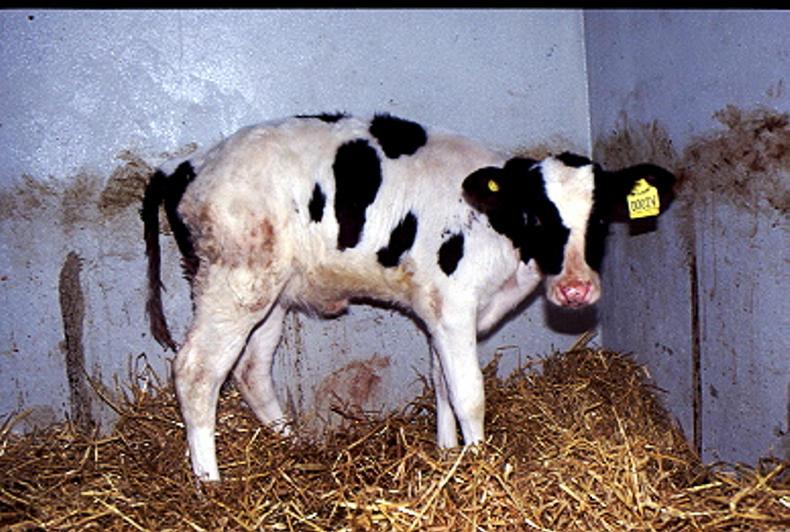
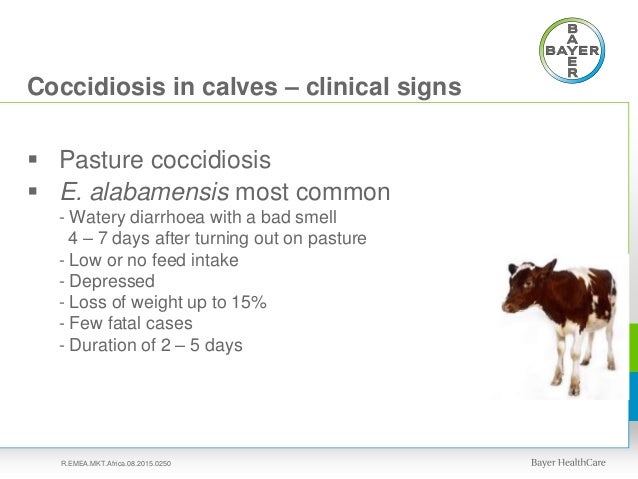

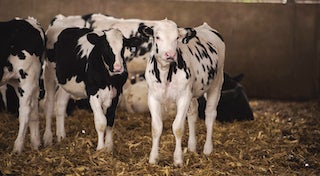

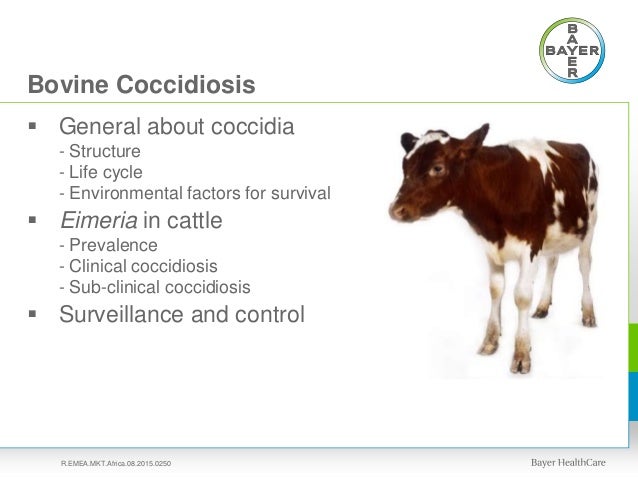

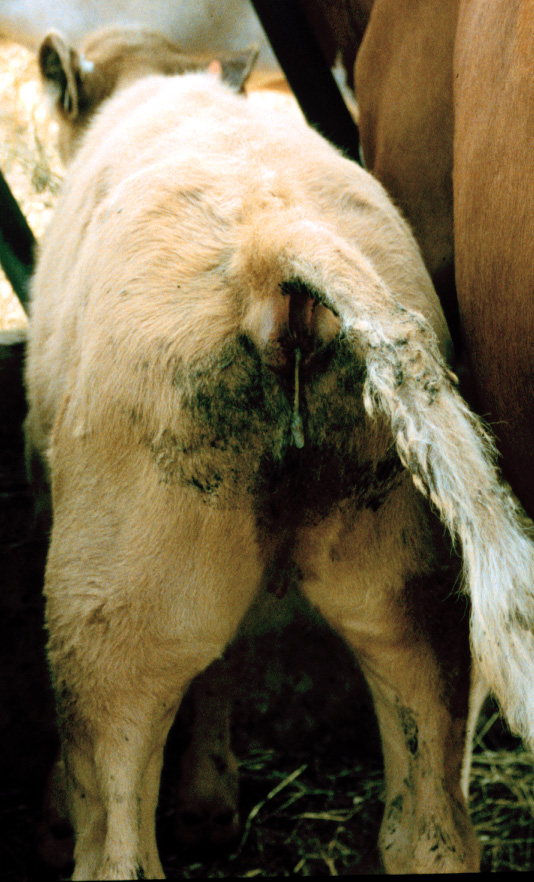


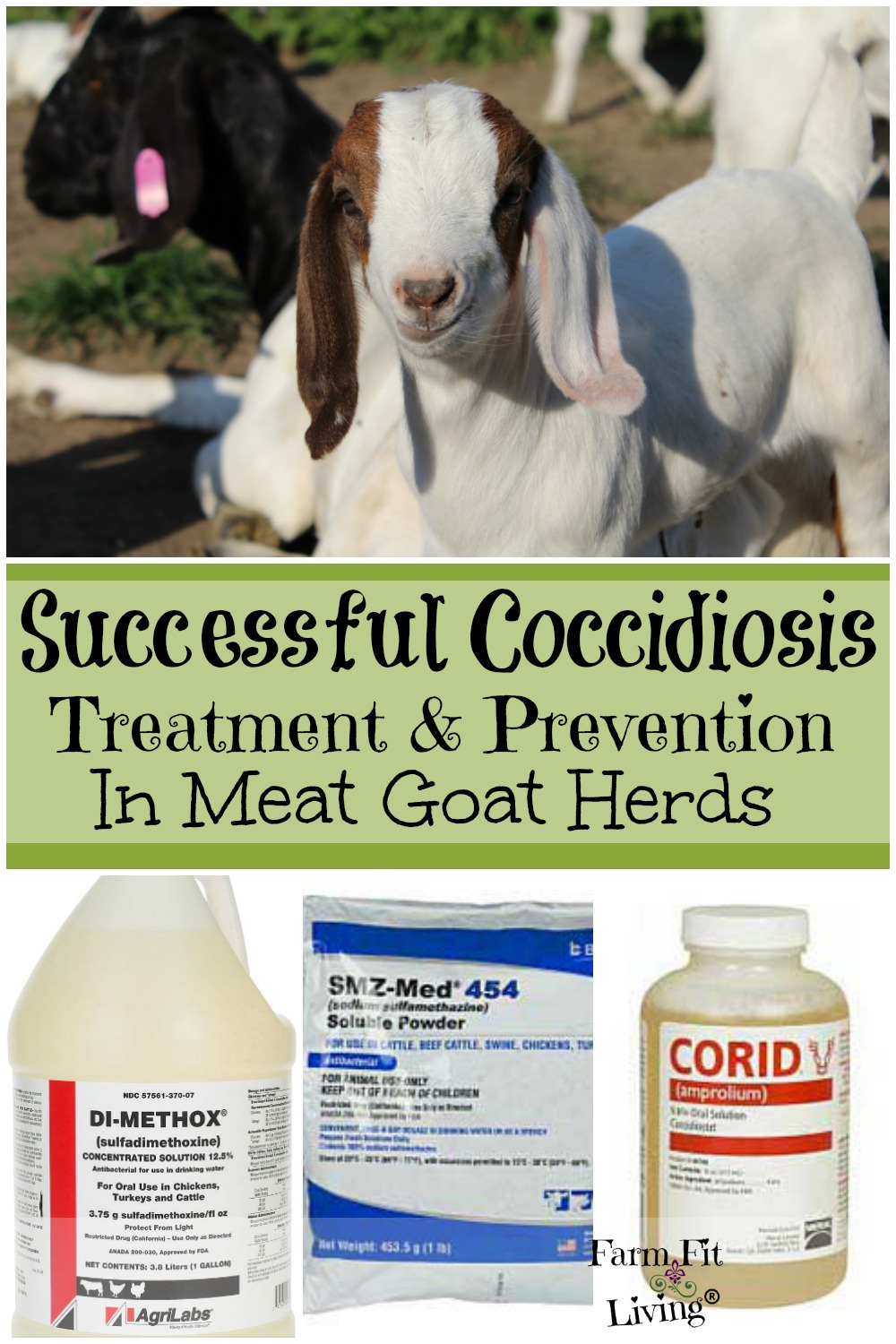
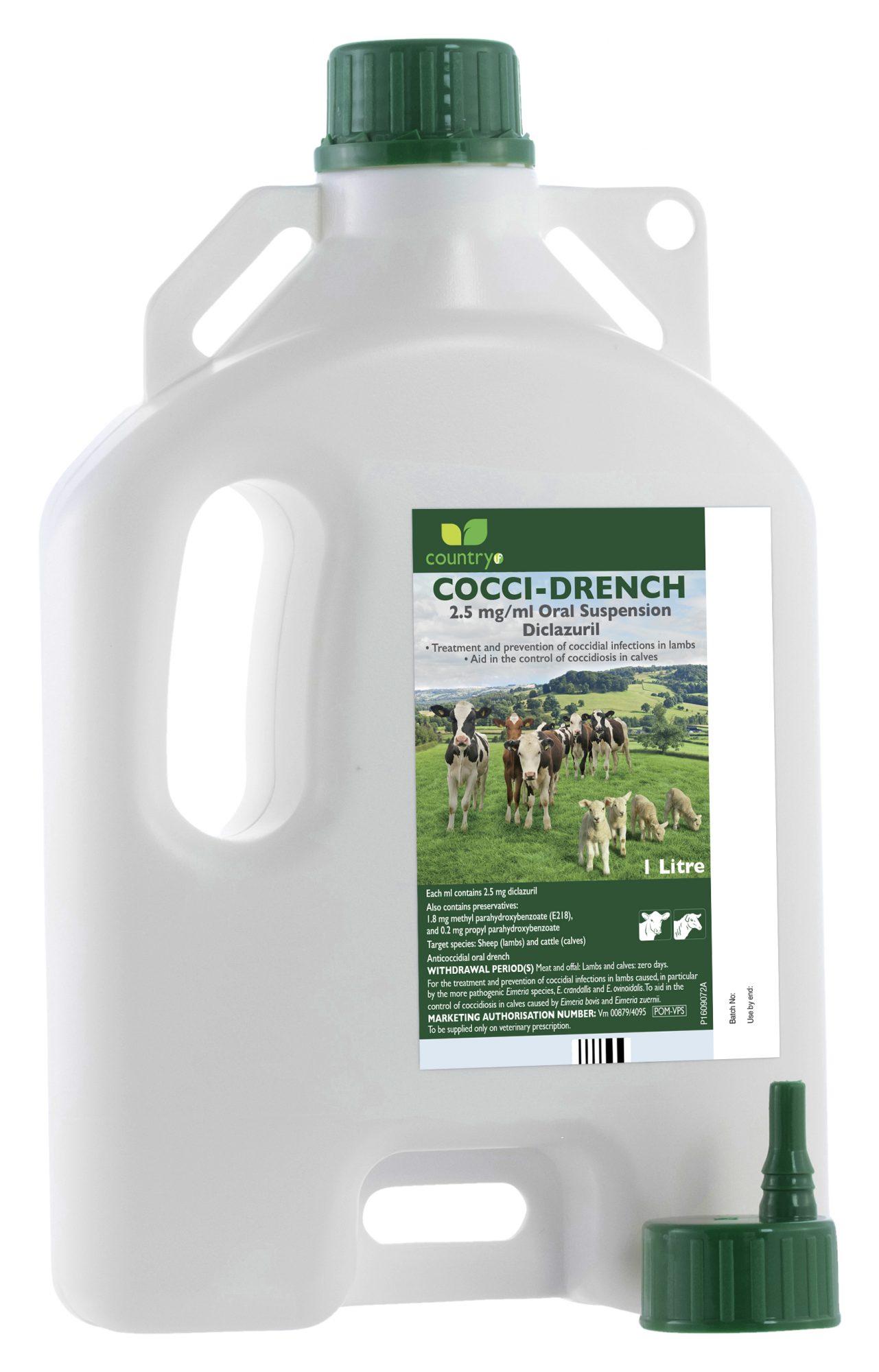




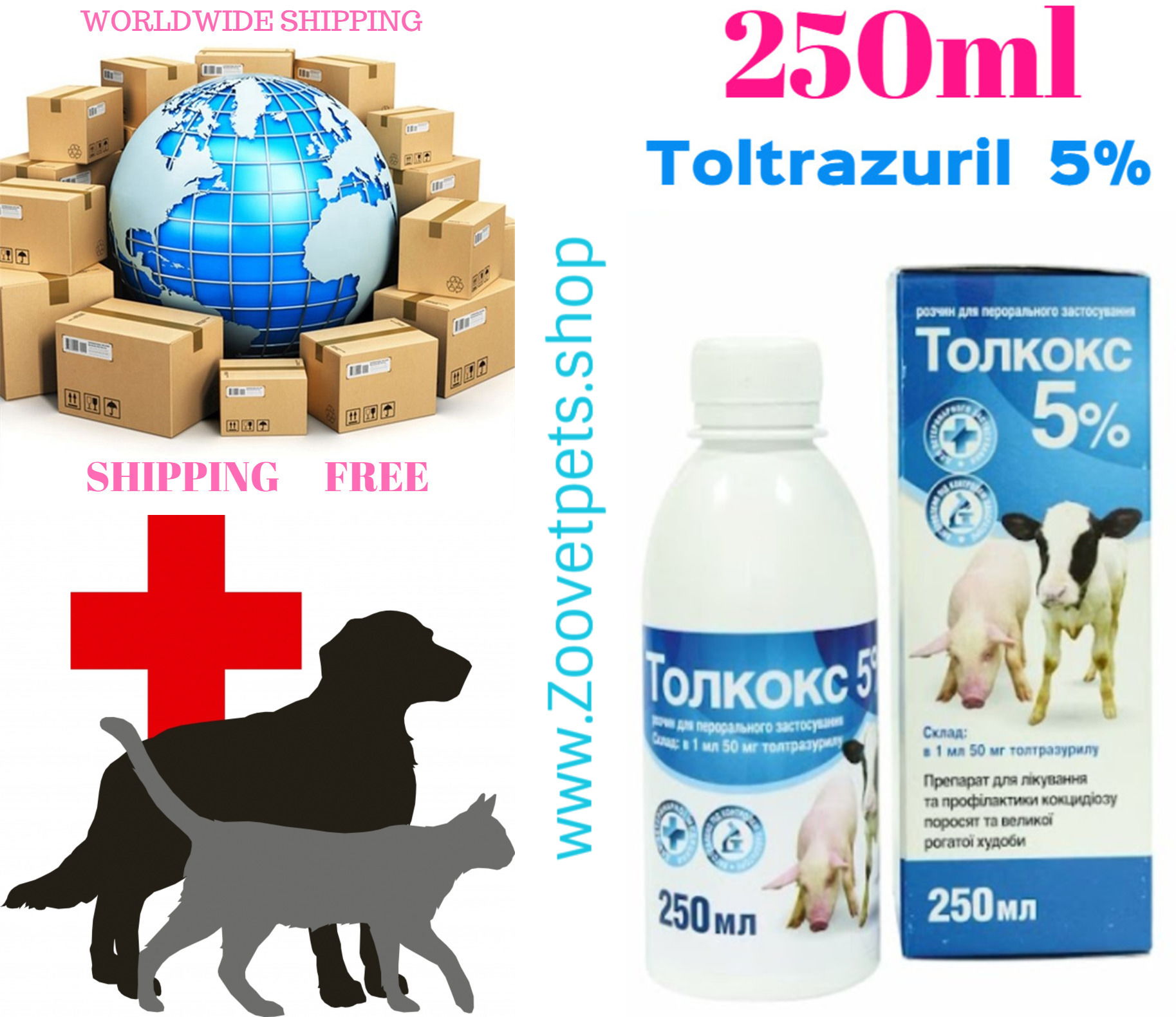
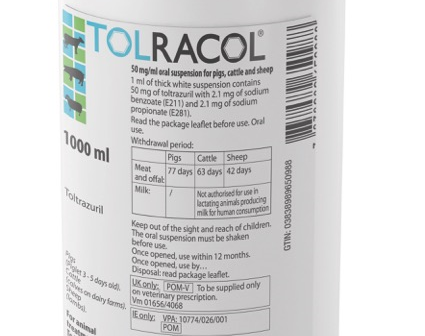


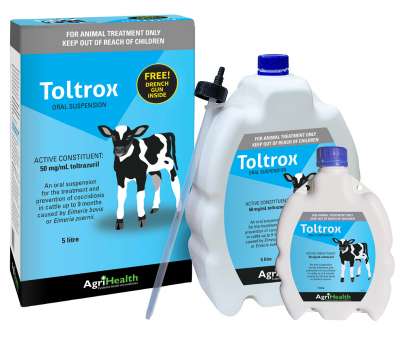

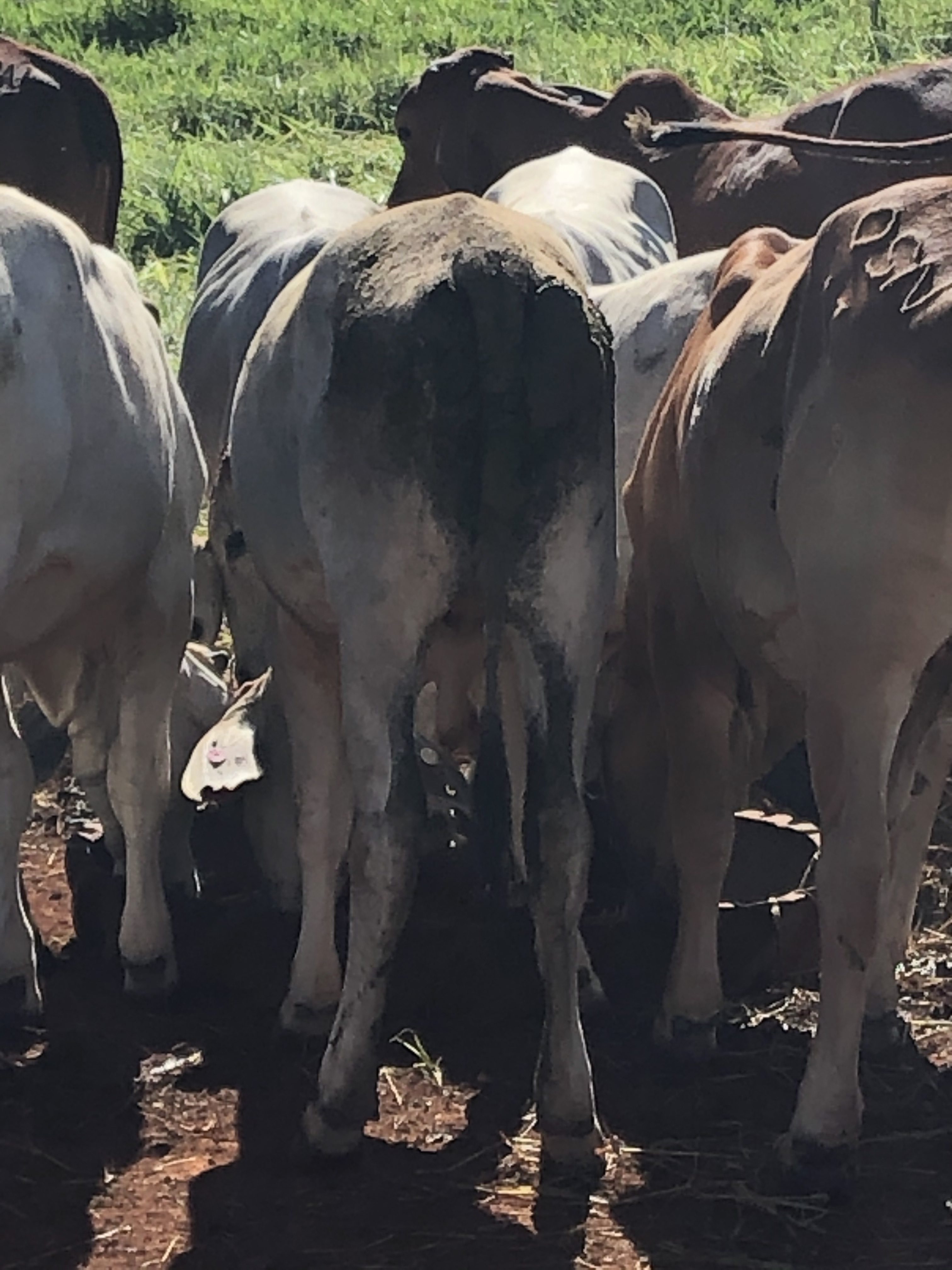
Post a Comment for "Coccidiosis Treatment In Cattle"